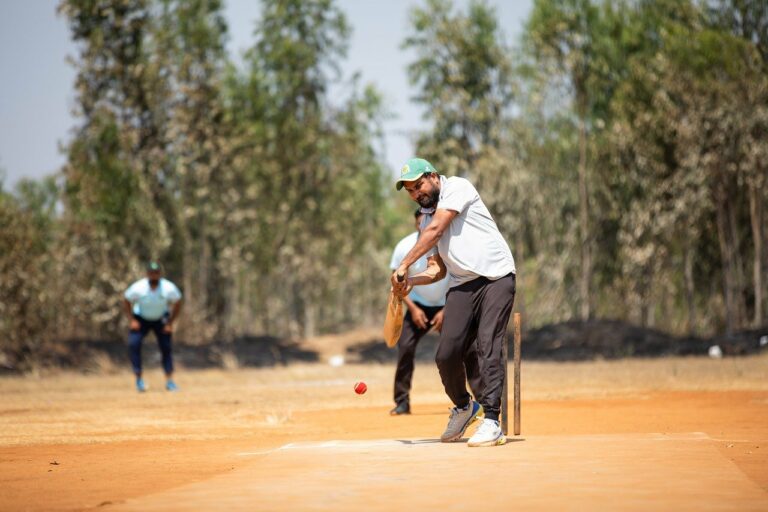Designing Fitness Programs for Indoor Cricket
sky247 com login password, gold365 game login, gold 365 green:Designing Fitness Programs for Indoor Cricket
Indoor cricket is a fast-paced and highly demanding sport that requires a high level of fitness and agility. To excel in indoor cricket, players need to be able to sprint, change direction quickly, and have the endurance to play multiple games in a row. Designing a fitness program specifically tailored to the demands of indoor cricket can help players improve their performance on the field and reduce the risk of injuries. Here are some key principles to keep in mind when designing a fitness program for indoor cricket:
1. Assessing Players’ Fitness Levels
Before designing a fitness program, it’s essential to assess the fitness levels of the players. This can help determine their strengths and weaknesses and identify areas that need improvement. Common fitness assessments for indoor cricket players include speed tests, agility drills, and endurance tests.
2. Setting Goals
Once the players’ fitness levels have been assessed, the next step is to set specific fitness goals for each individual. These goals should be realistic, measurable, and time-bound. Examples of fitness goals for indoor cricket players may include improving sprint times, increasing endurance, or enhancing agility.
3. Cardiovascular Fitness
Cardiovascular fitness is crucial for indoor cricket players, as the sport requires constant movement and high-intensity bursts of activity. Including cardiovascular exercises such as running, cycling, or interval training in the fitness program can help improve players’ endurance and stamina on the field.
4. Strength Training
Strength training is essential for building muscle strength and power, which are important for explosive movements such as sprinting and jumping in indoor cricket. Players can incorporate exercises like squats, lunges, and plyometrics into their fitness program to improve their strength and power.
5. Agility and Speed
Agility and speed are key components of fitness for indoor cricket players, as they need to be able to change direction quickly and react to fast-paced plays on the field. Agility drills, ladder drills, and cone exercises can help players improve their agility and speed.
6. Flexibility and Mobility
Flexibility and mobility are often overlooked aspects of fitness for indoor cricket players, but they are crucial for preventing injuries and improving performance on the field. Players should incorporate stretching exercises and mobility work into their fitness program to maintain joint health and range of motion.
7. Recovery and Rest
In addition to physical training, players should also prioritize rest and recovery as part of their fitness program. Adequate sleep, proper nutrition, and active recovery strategies can help players recover from intense training sessions and perform at their best on the field.
FAQs
Q: How often should indoor cricket players train?
A: Indoor cricket players should aim to train at least 3-4 times per week, with a mix of cardiovascular, strength, agility, and flexibility exercises.
Q: Should indoor cricket players focus on specific muscle groups?
A: While overall body strength is important for indoor cricket players, focusing on muscles used in sprinting, jumping, and quick changes of direction can be beneficial.
Q: How can indoor cricket players prevent injuries?
A: Injury prevention strategies such as proper warm-ups, cool-downs, and stretching, as well as maintaining good nutrition and hydration, can help prevent injuries in indoor cricket players.
In conclusion, designing a fitness program tailored to the demands of indoor cricket can help players improve their performance on the field and stay injury-free. By incorporating cardiovascular exercises, strength training, agility drills, and mobility work into their training regimen, players can enhance their fitness levels and excel in the fast-paced and challenging sport of indoor cricket.







